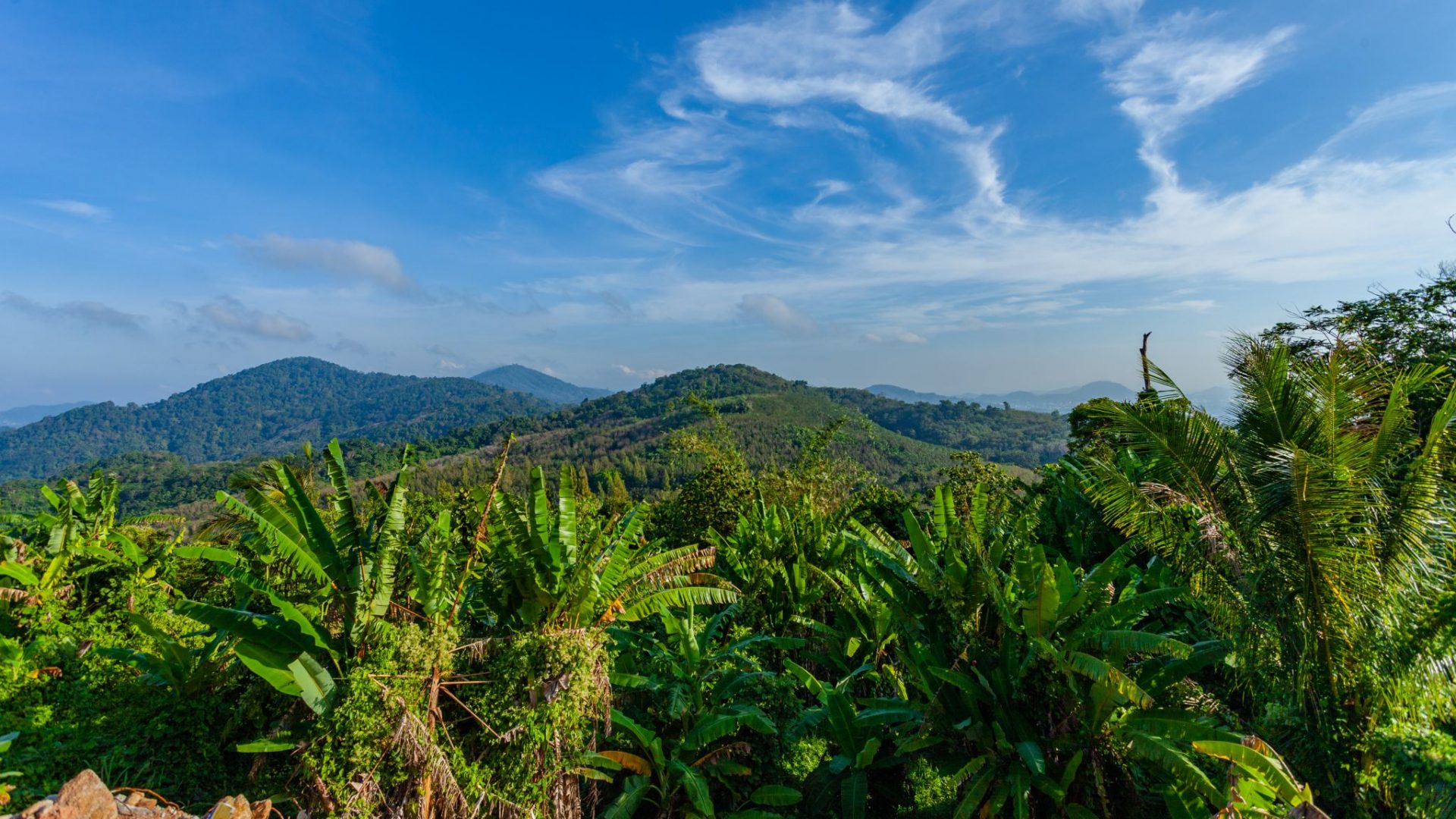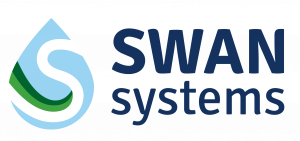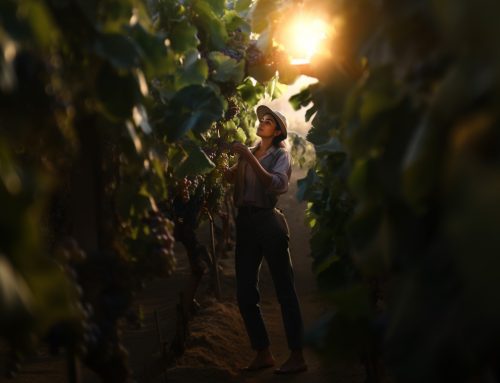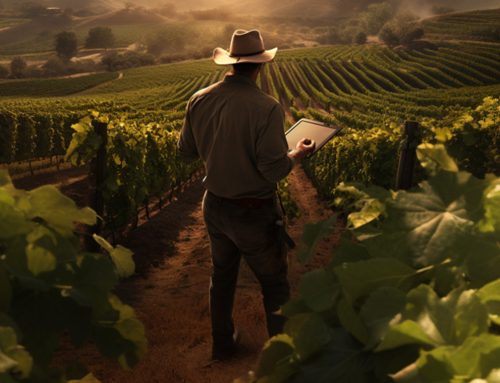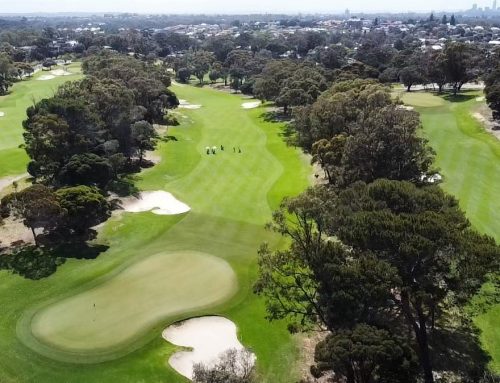30% water savings for Zimbabwe’s largest banana producer
Background
Matanuska is Zimbabwe’s largest banana producer, supplying 50% of Zimbabwe’s commercially traded bananas, and exporting to South Africa. One of the important growing regions for these bananas is the scenic Burma Valley, which lies just inside Zimbabwe on the border with Mozambique. Here, Matanuska manages a number of farms on behalf of their owners, producing mainly bananas, but also avocados for export.
Burma Valley is a humid, tropical region, with reasonably reliable rainfall averaging 1000 to 1200 mm per year. However the distribution of this rainfall is not even, with the bulk of it falling in the summer between November and March. So while the climate on the whole is ideal for tropical crops like bananas, irrigation is essential during the drier periods.
Water for irrigation is pumped from dams and rivers, with infield application using both manually moved under-canopy impact sprinklers, and fixed-set micro-sprinklers.
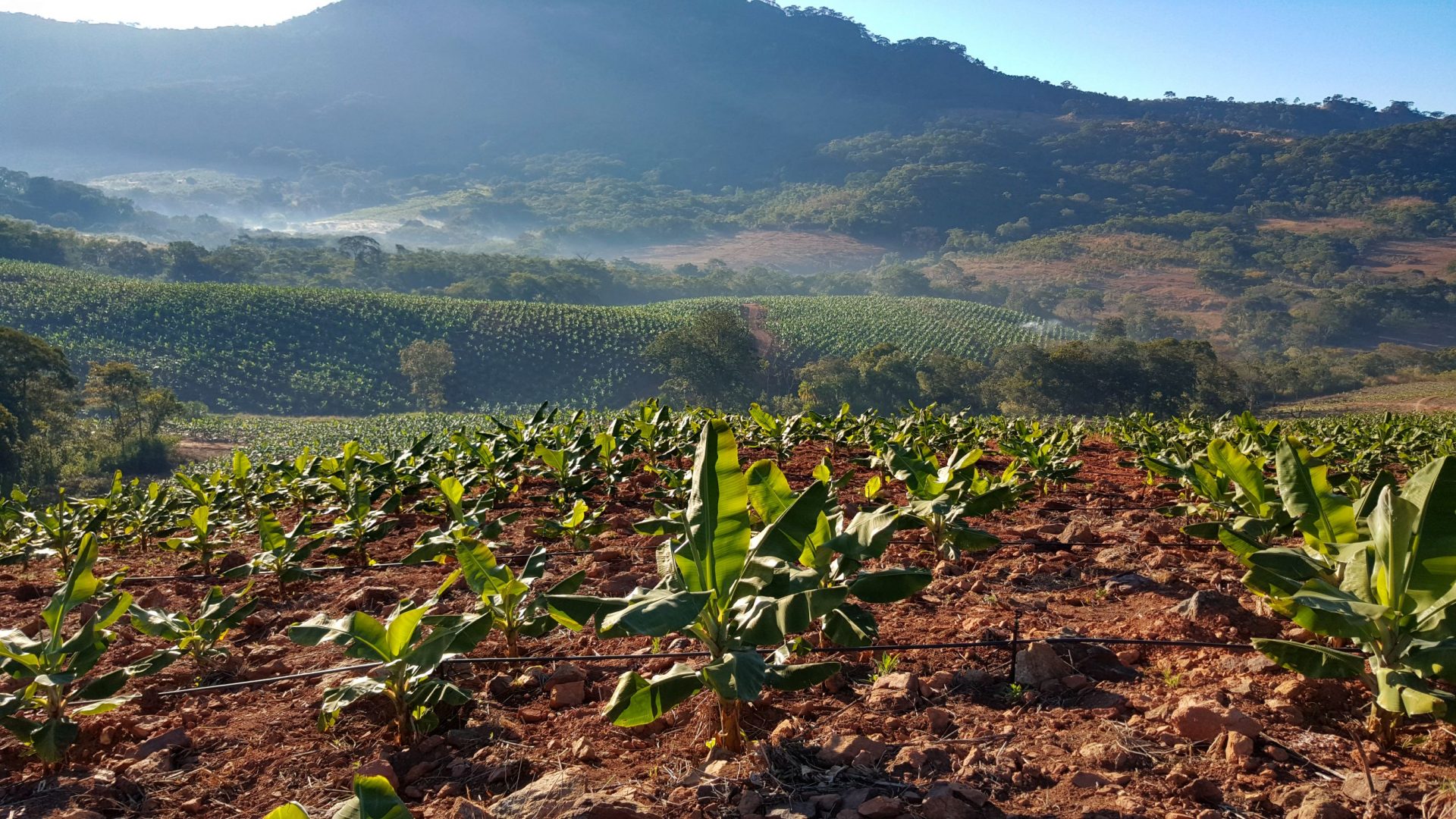
Irrigation Challenges
A major expense is irrigation pumping, which makes up a significant proportion of the farm production costs. Electricity prices fluctuate depending on the ratio of mains to diesel generated power, but average around US$0.26 per KWh.
In addition, while water supplies are fairly reliable, there is a finite supply, and in drier years this can pose additional constraints on crop production.
A third challenge with irrigation is from a crop production perspective, where the yield and quality of fruit production strongly correlates with sound irrigation management – applying just the right amount of water at the right time to satisfy requirements, without waterlogging the soil, or leaching nutrients out of reach below the root zone. There are two aspects to this challenge:
- Figuring out the right amount of irrigation to apply to each field
- Efficiently managing the implementation of this on the ground.
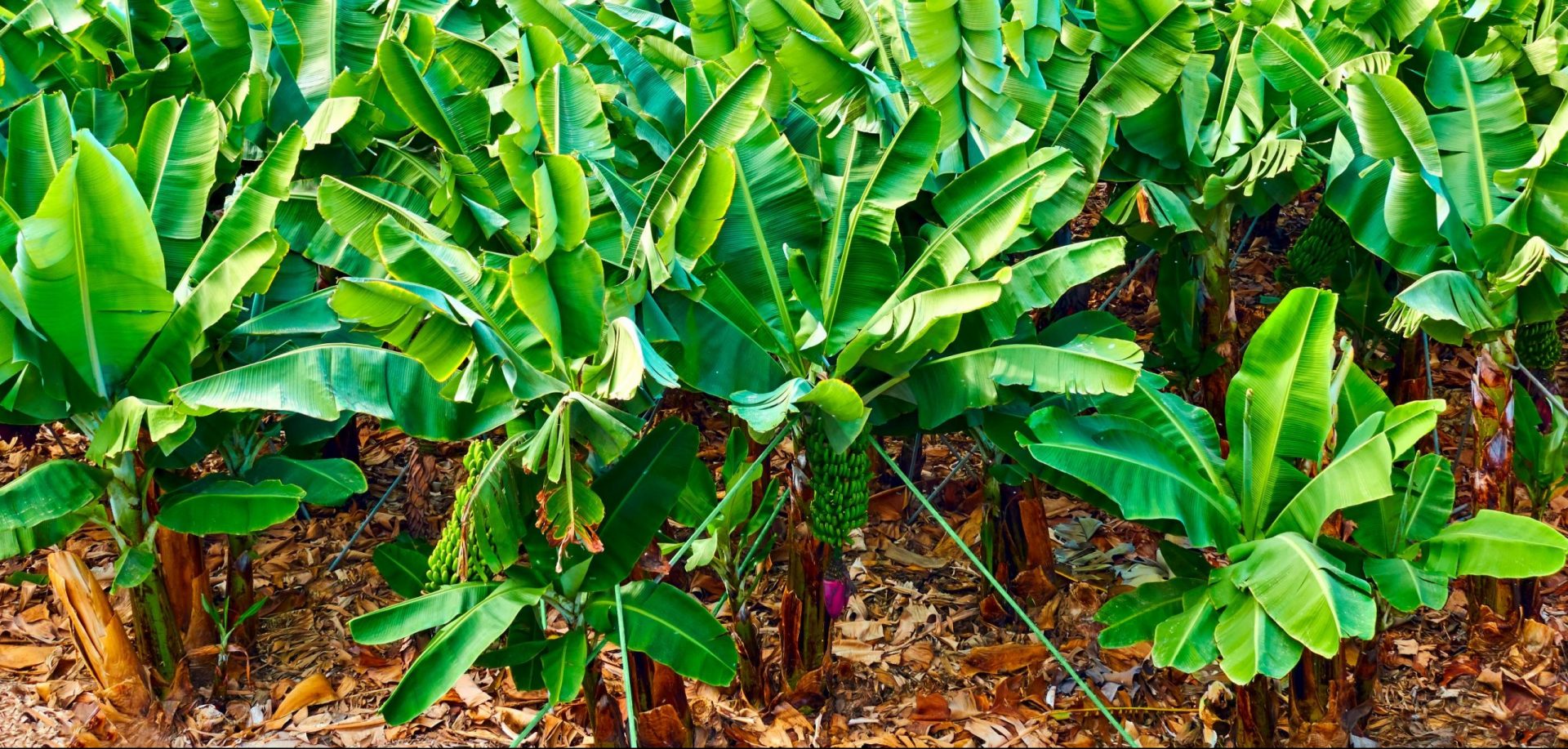
How SWAN Helped
To meet these challenges, Matanuska embarked on a trial of SWAN Systems, a precision water and nutrient management platform. Fifteen banana fields were chosen for the trial, providing a meaningful sample of around 12% of the total area under management at the time.
Each site was individually configured in SWAN with details such as the field layout, soil moisture holding properties, and irrigation system specifications. Rainfall was manually recorded from several rain gauges on site, and other historical and forecast weather data was obtained automatically from gridded weather data supplied by The Weather Company (IBM). There are plans to install an on-site automatic weather station in due course, which will further improve the accuracy of the data.
Besides rainfall, other weather data required includes temperature, humidity, wind speed and solar radiation, from which SWAN calculates evapotranspiration.
An important input for SWAN is the amount of irrigation actually applied each day, which is used along with several other variables to calculate the daily soil moisture balance. Normally SWAN will automatically obtain this data from flow meters or a control system, but since neither of these options are available at Matanuska, an efficient process for manually recording this data was established.
Soil moisture probes in representative locations are a handy tool for cross-checking and calibrating the calculated soil moisture balance, and Matanuska installed two of these for the trial.
Once the sites were set up in SWAN, a management routine was established which involved the following:
- Checking SWAN regularly to
- see the soil moisture status of each field
- identify any issues
- establish the irrigation schedule for each field for coming days
- Communicating the irrigation schedule to field operational staff
- Recording rainfall and applied irrigation
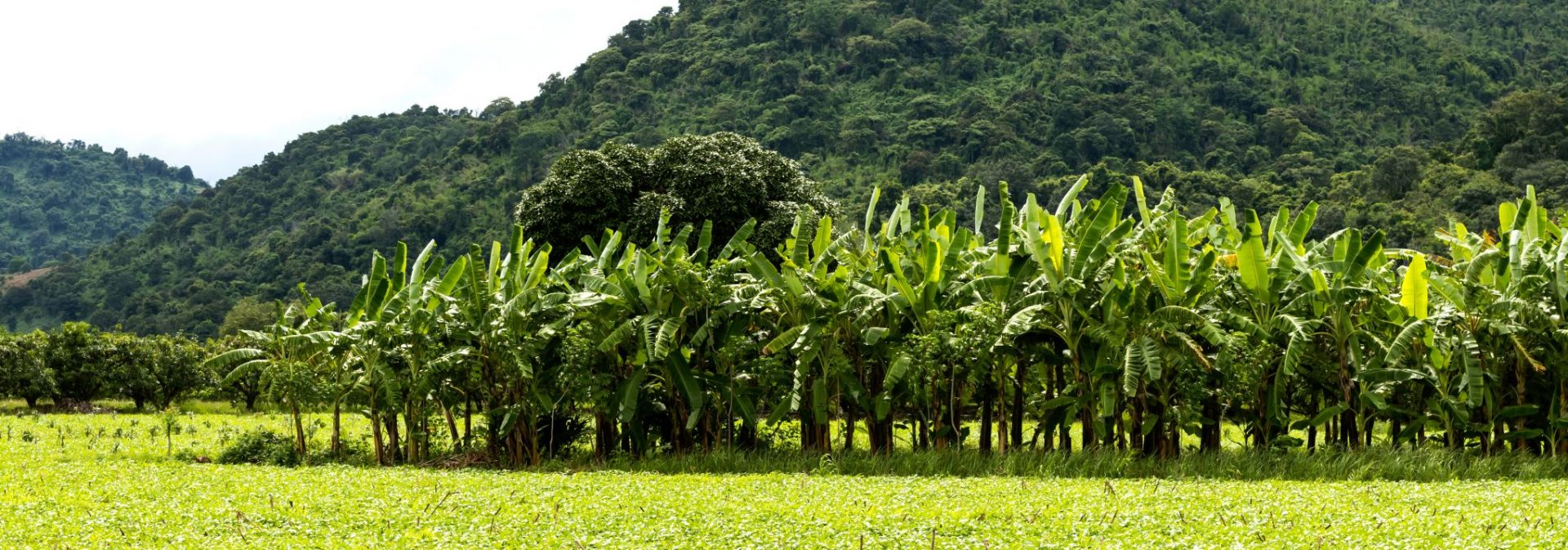
Results
Andrew Cowper, Matanuska’s Project Development Manager, compared how much water was being applied each week based on SWAN’s recommendations with the water that would normally have been applied under standard management. The results:
- Annual estimated water savings were 30%
- This represents approximately 2.6 megalitres of water per hectare per year.
The bulk of the water cost is the power component, and with power costs averaging US$0.26 per kWh the delivered cost of water is about US$104 per megalitre, resulting in a financial saving of $270 per hectare. On these savings alone this translates to a return on investment of around 7 times, before factoring in other benefits, which include:
- The ability to plan seasonal water requirements
- Ease of reporting
- Clear management oversight across operations
- Identification of irrigation infrastructure issues
- Identification of crop health issues
- Continuity of best practice with staff changes
- Communication of operational policy to staff
- Implementation of consultant recommendations
- Convenience of having well-kept records.
